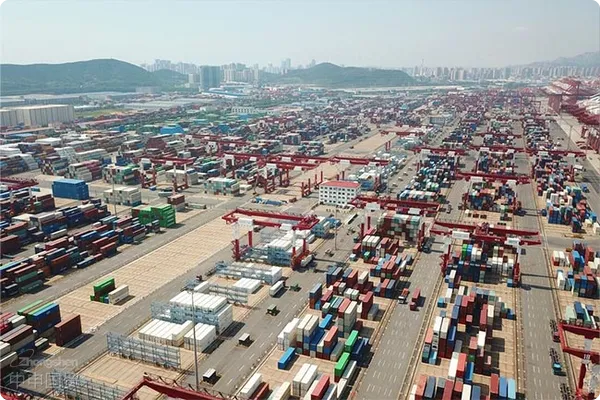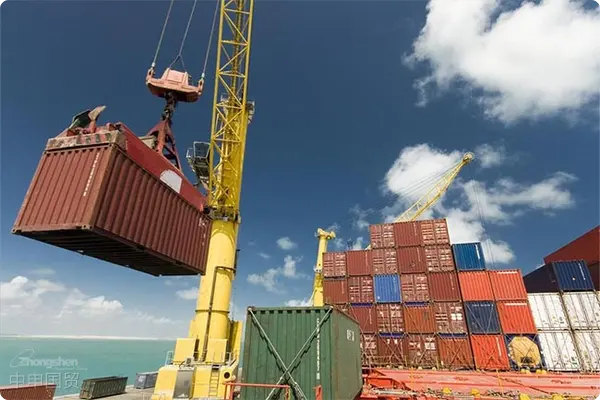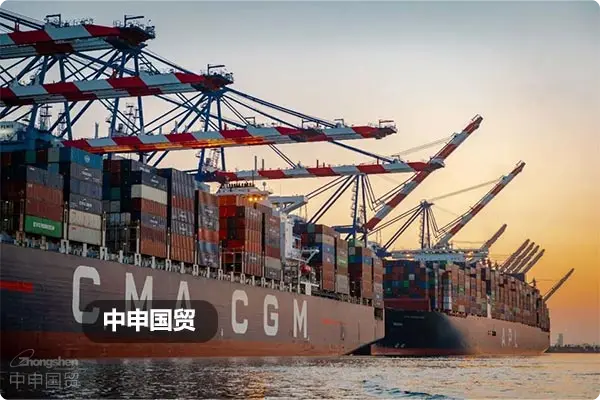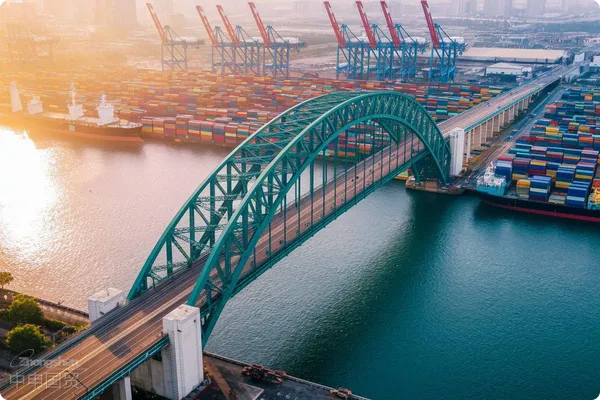- Shanghai Zhongshen International Trade Co., Ltd. - Two decades of trade agency expertise.
- Service Hotline: 139 1787 2118
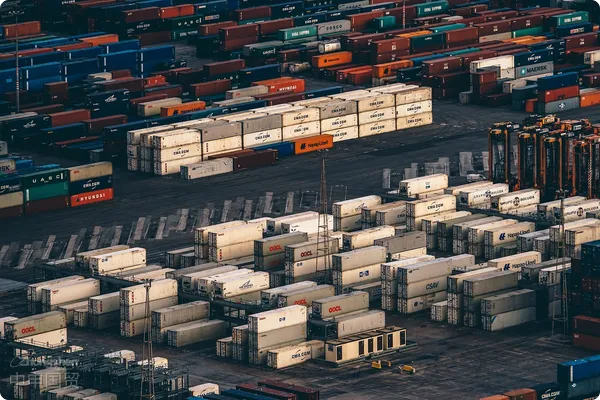
I. Machineryequipment. For example, Indonesia has the SNI certification, Thailand has the TISI certification, and the Philippines has the BPS certification. It is necessary to confirm in advance the equipment voltage (such as 380V/50Hz in Thailand), the compatibility of the CE certification, and the proof of environmentally friendly materials.Special challenges
Customs statistics for 2025 show that the error rate in import declarations for mechanical equipment reached 27%, with 65% of disputes concentrated in the special equipment supervision field. Compared with ordinary goods, mechanical equipment imports face three core difficulties:
- Technical parameter certification barriers
- CE certification validity shortened to 3 years (2025 new regulation)
- Pressure vessels require simultaneous ASME and PED certification
- Complexity of tariff classification
- HS Code Chapter 84 has over 1,200 subcategories
- Combination equipment requires split declaration of component tax rates
- Logistics adaptability requirements
- Oversized equipment requires special transport permits in advance
- Precision instruments mandate the use of constant temperature containers
II. Core Value Matrix of Customs Clearance Agency Services
Professional agency services can reduce average import costs by 23%, with specific benefits reflected in three dimensions:
- Time Cost Control
- Pre-classification service reduces customs clearance time by 40%
- Port demurrage early warning system reduces overdue risks by 90%
- Capital Cost Optimization
- Customs duty deposit installment plan improves cash flow
- Reasonable split declaration of royalty payments
- Compliance Risk Avoidance
- Professional residual value assessment for used equipment imports
- Pre-inspection service for IPPC marks on wooden packaging
III. Practical Guide to Customs Clearance Operations in 2025
According to General Administration of Customs Announcement No. 198, special attention should be paid to the following procedures for machinery equipment imports:
- Pre-declaration preparation phase
- Obtain the latest version of the Catalog of Imported Mechanical and Electrical Products
- Confirm whether the equipment falls under3Ccertification exemption scope
- On-site inspection response strategies
- Power equipment requires on-site energy efficiency testing
- Equipment with hydraulic systems must prepare oil product MSDS for inspection
- Post-clearance supervision considerations
- No unauthorized change of usage location within 5 years of import
- Replacement of key components requires filing with local customs
IV. Analysis of Typical Cases
Typical problems encountered by a German-funded enterprise importing CNC machining centers:
- Problem Presentation: Due to incorrect classification of equipment control system under HS code 8537, resulting in 12% tariff difference
- Solutions: Through applying for advance classification ruling, reconfirmed proper classification under HS code 8458
- Effectiveness Evaluation: Saved 380,000 RMB in tariff costs and avoided subsequent administrative penalty risks
V. Selection Criteria for Agency Services
High-quality agencies should possess the following qualifications:
- Professional Qualifications
- AAA Credit Certification from China Customs Brokers Association
- At least 3 certified classification specialists on duty
- Service capabilities
- Emergency response network covering major ports nationwide
- Real-time connection to the Customs Single Window system
- Risk guarantee
- Minimum 5 million yuan error liability insurance provided
- Establish AEO mutual recognition mechanism with customs
Related Recommendations
Category case
Contact Us
Email: service@sh-zhongshen.com
Related Recommendations
Contact via WeChat

? 2025. All Rights Reserved. Shanghai ICP No. 2023007705-2  PSB Record: Shanghai No.31011502009912
PSB Record: Shanghai No.31011502009912
